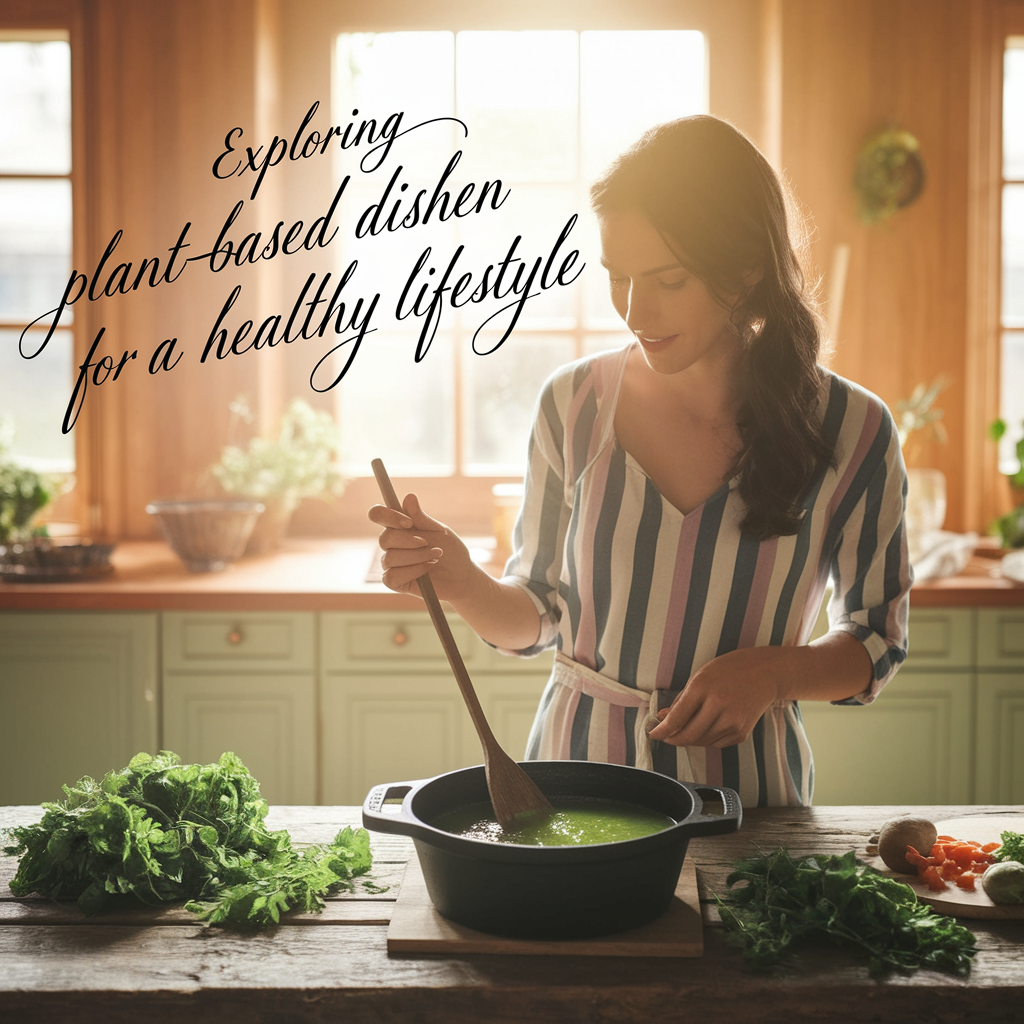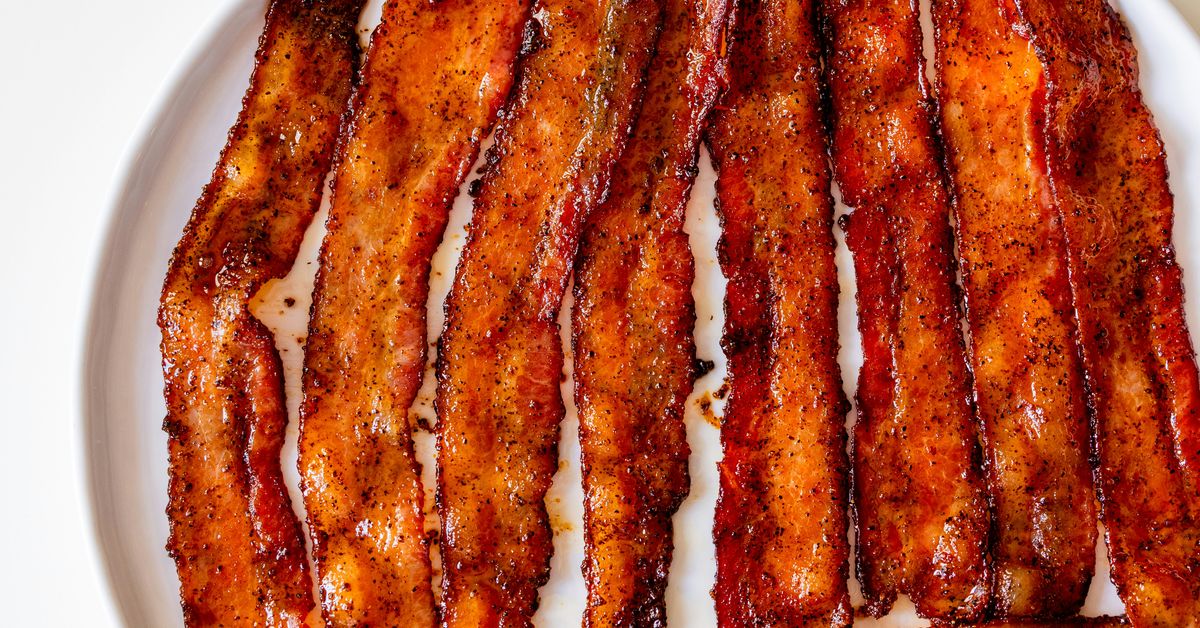Savor the Flavors of Tradition with Heirloom Recipes Passed Down Through Generations
There’s something undeniably magical about food that connects us to our past. As we gather around tables filled with family recipes, the air thick with familiar scents, it’s as if time itself stands still. The first spoonful of grandma’s chicken soup or the last crumb of a chocolate cake that has been perfected over decades—these heirloom recipes are more than just instructions on parchment; they are the embodiment of family stories, traditions, and love.
The Essence of Heirloom Recipes
What exactly makes a recipe an “heirloom”? It’s not merely the age of the recipe or the fact that it’s been scribbled in a weathered notebook. An heirloom recipe carries with it a heritage, a lineage of flavors passed down through generations. It’s the kind of dish that evokes nostalgia, transporting us back to childhood kitchens filled with laughter, chaos, and the warm embrace of familial love.
I remember the first time I attempted to recreate my grandmother’s famous apple pie. As I peeled the apples, their sweet aroma wafted through my kitchen, immediately taking me back to those autumn afternoons spent at her side, listening to her stories about how she met my grandfather at the local harvest festival. It struck me then that food is not just sustenance; it’s a narrative, a means of preserving our history.
A Collection of Stories
Heirloom recipes are often steeped in personal anecdotes. One person’s potato salad is another’s Thanksgiving tradition. Take, for instance, the renowned lasagna that has graced the tables of the Rossi family for generations. Each layer of pasta, cheese, and sauce tells the story of family gatherings, laughter, and the occasional food fight (as I’ve heard from a particularly animated cousin). According to family lore, great-grandma Rosa perfected her recipe after much trial and error, adding a pinch of this and a dash of that until it became the culinary masterpiece it is today.
Food historian Dr. Maria Velasquez notes, “Every recipe tells a story, and those stories are what bind us together.” She emphasizes that the act of cooking is not merely about the ingredients; it’s about the memories we create and share. The Rossi lasagna is not just a dish; it’s a symbol of unity and love, a beacon of warmth in a world that often feels cold.
The Cultural Significance of Heirloom Recipes
Heirloom recipes often reflect the cultural backgrounds of families. Whether it’s a spicy jambalaya from Louisiana, a rich beef stroganoff from Russia, or a delicate baklava from Greece, these dishes carry the essence of their origins. They remind us of our roots while also allowing us to share our heritage with others. Food, in many ways, is a universal language.
Consider the case of the Kim family, who have been making their signature kimchi for over fifty years. “It’s not just about the flavor,” says Mrs. Kim, “it’s about the process and the memories we create together.” Each fall, the family gathers for a day of fermentation, sharing laughs and stories, all while preparing the spicy cabbage. The recipe, passed down from her grandmother, has evolved slightly over the years, but the core ingredients remain the same. It’s a ritual that strengthens their bond, allowing them to reconnect with their ancestry.
Preserving Heirloom Recipes for Future Generations
In an age where technology dominates, the preservation of heirloom recipes presents a unique challenge. With recipes often shared verbally or jotted down on random pieces of paper, there’s a risk of losing these culinary treasures as generations pass. However, many families are taking proactive steps to ensure that their traditions endure.
One innovative approach is the creation of family cookbooks. These compilations not only preserve beloved recipes but also serve as a tangible connection to family history. The Garcia family, for example, recently published a cookbook featuring recipes from each generation, paired with stories and photographs. They even included a section for family members to write down their own culinary experiments, ensuring that the next generation can contribute to the family legacy.
Similarly, the rise of social media has allowed families to share their heirloom recipes with a wider audience. Platforms like Instagram and TikTok have become digital kitchens where users can showcase their cooking skills while narrating the backstory of each dish. This not only keeps the tradition alive but also inspires others to explore their culinary roots.
Challenges of Modern Cooking
While many people treasure their family recipes, modern cooking presents certain challenges. Ingredients that were once staples may become scarce or expensive, and dietary preferences may shift as society becomes more health-conscious or aware of food allergies. However, this doesn’t mean that heirloom recipes must be abandoned. Instead, they can be adapted and reinvented.
Take the traditional fried chicken recipe from the Thompson family. Originally fried in lard, the family has since adjusted the recipe to use healthier oils, and they’ve even introduced a gluten-free option to accommodate relatives with dietary restrictions. As family matriarch Aunt Betty puts it, “Tradition is important, but we have to be flexible.” This adaptability ensures that the essence of the dish remains intact, even as it evolves to meet modern preferences.
Connecting Through Heirloom Recipes
One of the beautiful aspects of heirloom recipes is their ability to bring people together. Whether it’s a holiday gathering, a casual Sunday dinner, or a potluck, these dishes often serve as a focal point, igniting conversations and rekindling connections. I can’t help but think of the times when my friends and I would gather for a potluck dinner, each of us bringing a dish inspired by our family traditions. The table blossomed with colors and flavors, and I relished the stories each dish carried.
Research supports this notion. A study published in the journal “Appetite” indicates that sharing food can strengthen social bonds and enhance feelings of belonging. The act of sharing heirloom recipes and the stories behind them fosters connection, allowing us to embrace our common humanity through the universal act of eating.
Heirloom Recipes in the Digital Age
As mentioned earlier, the digital age has revolutionized how we share and preserve our culinary heritage. From blogs to vlogs, the internet is brimming with curated collections of family recipes. Food influencers often emphasize the importance of maintaining these traditions while incorporating a modern twist. It’s a delightful blend of past and present.
However, there’s a delicate balance to strike. While technology can help us reach wider audiences, it can also dilute the essence of what makes heirloom recipes special. As Dr. Velasquez cautions, “We must not lose sight of the stories that accompany these dishes. The heart of a recipe lies not just in the ingredients but in the memories and emotions intertwined with them.”
Cooking as a Form of Resistance
Culturally rich dishes are often seen as a form of resistance. In many communities, cooking traditional meals is a way to reclaim identity, especially among immigrant families. The act of preparing a cultural dish becomes a statement of pride, a reminder of one’s roots in the face of a rapidly changing world.
Consider the journey of the Rodriguez family, who fled their home country to seek a better life. Their grandmother’s enchiladas became a symbol of resilience. Cooking them together each week not only honors their heritage but also serves as a comforting reminder of home. “When we eat together, we remember who we are,” says Maria Rodriguez. “It’s like a hug from the past.”
The Future of Heirloom Recipes
So what does the future hold for heirloom recipes? As we continue to navigate an increasingly globalized world, the importance of preserving our culinary heritage remains paramount. Families must continue to share, adapt, and celebrate these recipes, ensuring that they are passed down to future generations.
Restaurants and chefs are also taking up the mantle, incorporating heirloom recipes into their menus while educating diners about the history behind each dish. This trend not only honors tradition but also revitalizes interest in local ingredients and cooking techniques, fostering a renewed appreciation for the stories that accompany our meals.
Final Thoughts: Savoring the Flavors of Our Past
In a world filled with fast food and fleeting culinary trends, heirloom recipes stand as a testament to the enduring power of tradition. They remind us that food is more than just fuel; it is a bridge that connects us to our past, our culture, and each other. As we savor the flavors of these time-honored dishes, let us also embrace the stories they tell, nurturing our roots while we grow into the future.
Next time you find yourself in the kitchen, perhaps trying to recreate a beloved family recipe, take a moment to reflect on the legacy you are part of. As you mix, chop, and stir, remember that you are not just preparing a meal; you are weaving together the fabric of your family’s history—one delicious bite at a time.
So roll up those sleeves, gather your loved ones, and share the flavors of tradition. Because when it comes to heirloom recipes, there’s always room for one more story at the table.




